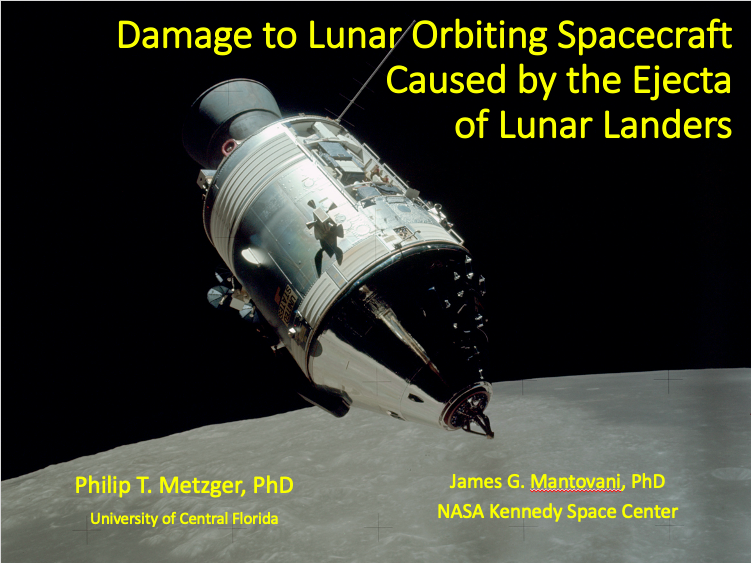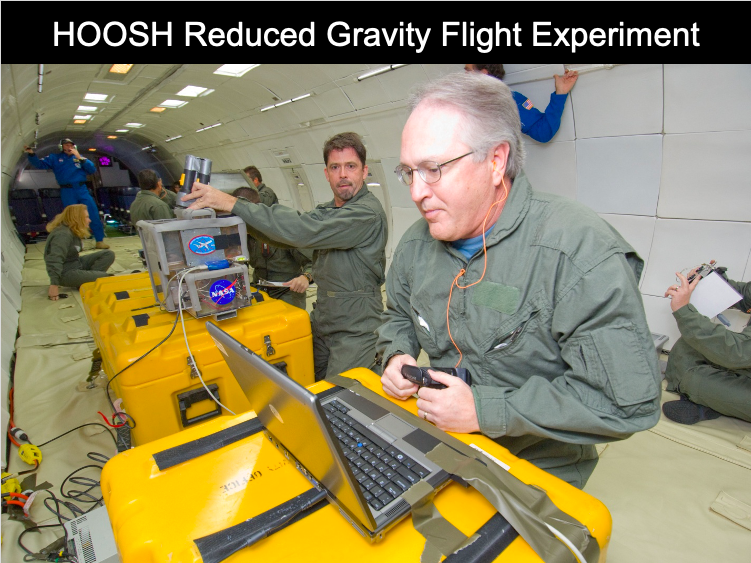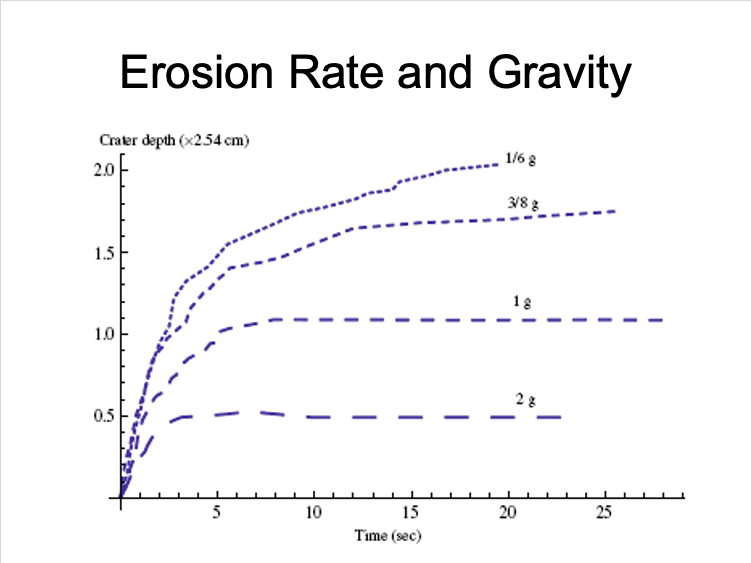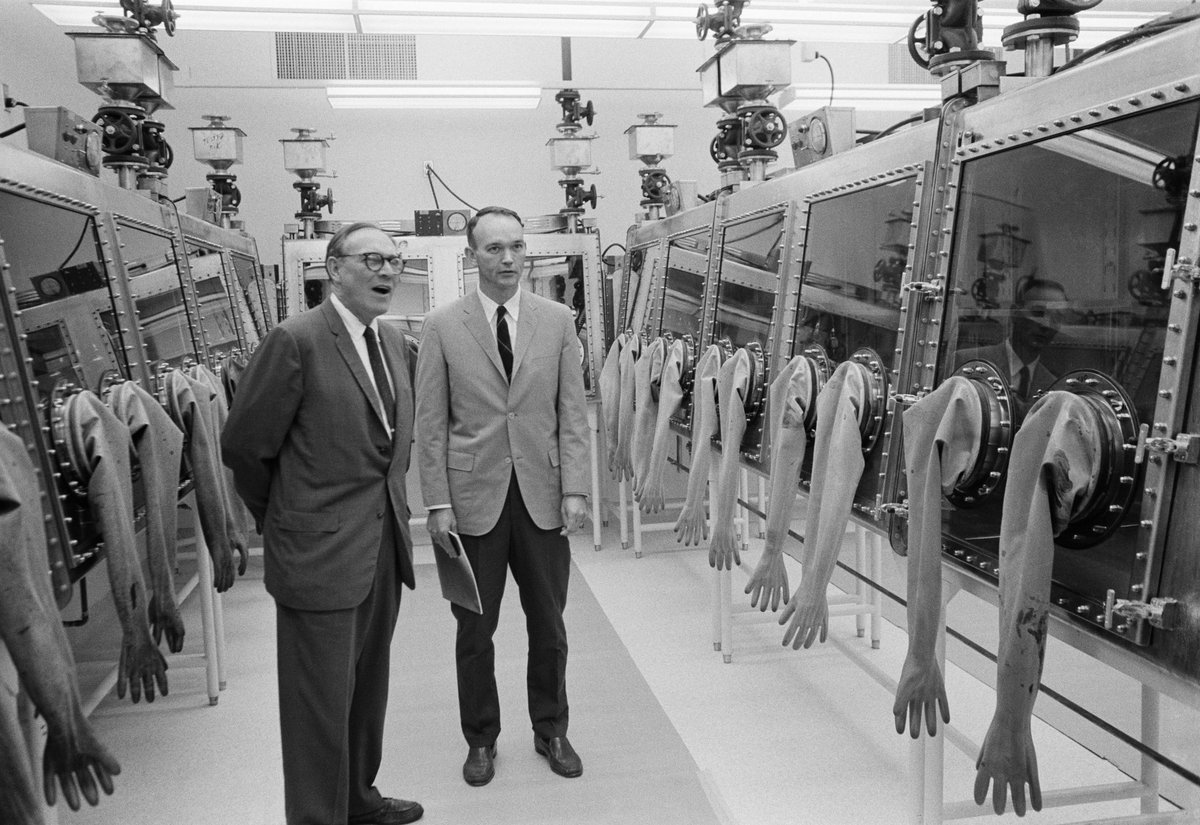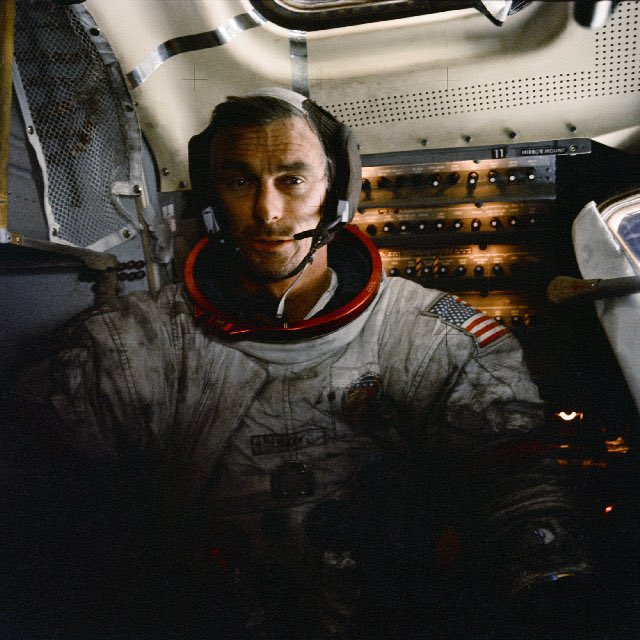
A paper just came out analyzing rocket exhaust blowing lunar soil. It is important for at least 2 reasons. 1/n
Reference: Chinnapan et al., "Modeling of dusty gas flows due to plume impingement on a lunar surface," Physics of Fluids 33, 053307 (2021) aip.scitation.org/doi/full/10.10….
Reference: Chinnapan et al., "Modeling of dusty gas flows due to plume impingement on a lunar surface," Physics of Fluids 33, 053307 (2021) aip.scitation.org/doi/full/10.10….

2/n First, there is great uncertainty in how *fast* the lunar dust goes. It is hard to model rocket exhaust physics on the Moon because fluid flow equations break down as the gas spreads into vacuum. The relevant equation is the Navier-Stokes equation. (screenshot from Wikipedia) 

3/n In that equation, the constant μ is gas viscosity. It is not really a fundamental thing in nature. It was invented by averaging lots of molecules bouncing in a small volume of space. It tells us how much the momentum from one volume diffuses into nearby volumes.
4/n The averaging process that invents "viscosity" assumes the molecules will actually collide within those volumes. But when the gas spreads too far into lunar vacuum, the "mean free path length" (the average distance between collisions) is too big. So viscosity "breaks down." 

5/n Lots of work has been done to create new physics models of gas blowing into vacuum, but the models have flaws. They do not have good turbulence models. They do not handle boundary conditions well enough. Etc. The predictions have some uncertainty, which is normally OK. But...
6/n ...it turns out that these gaps in our physics models produce a lot of uncertainty in how fast the dust particles get lifted off the surface of the Moon and how fast they end up going. Different models predict between 200 m/s up to 3000 m/s. A huge difference!
7/n We can't tell how fast the dust particles are going by looking at the Apollo or Chang'e landing videos because it all looks like a continuous cloud. 

8/n This new paper is significant in part because it uses a good method that handles dust in lunar vacuum fairly well (Direct Simulation Monte Carlo) using realistic parameters, and it predicts the dust goes close to lunar escape velocity -- about 2.38 km/s. 

9/n That velocity happens when the lander is still 15 m above the lunar surface, and the dust goes even faster as the lander descends. So we expect dust will be blown completely off the Moon. This validates earlier work that had used simpler approximations. 

10/n A 2nd reason this new paper is cool is because it tests the sensitivity of "2-way coupling" between the gas and dust in the physics model. It is vastly easier to do "1-way coupling": to model just the gas flow by itself and then use those results to calculate the dust speed.
11/n In order to do 2-way coupling your model has to use increments of time that are correct for the gas molecules (very fast) and the dust particles (very slow). It is hard to put both into the same model. Most of our past work used 1-way coupling, assuming it was good enough.
12/n We used various tricks to validate the 1-way coupling was good enough, but questions remained. Some folks claimed this made our models predict velocities that are too high. The new work tests the difference between 1-way & 2-way coupling and they showed almost no difference! 

13/n So I am excited over this new paper in the Physics of Fluids journal. It validates that we have a pretty good grasp of how rocket exhaust blows soil during lunar landings. This improves requirements for lunar landing pads. (This pic is for a particular case.) 

14/14 However, there is another entire problem that has not been solved. That is when rocket exhaust is able to dig a deep hole in the soil. We haven't solved how to model that part of the physics, yet. @mastenspace is working on that problem right now.
https://twitter.com/mastenspace/status/1230932878944559105?s=20
• • •
Missing some Tweet in this thread? You can try to
force a refresh



